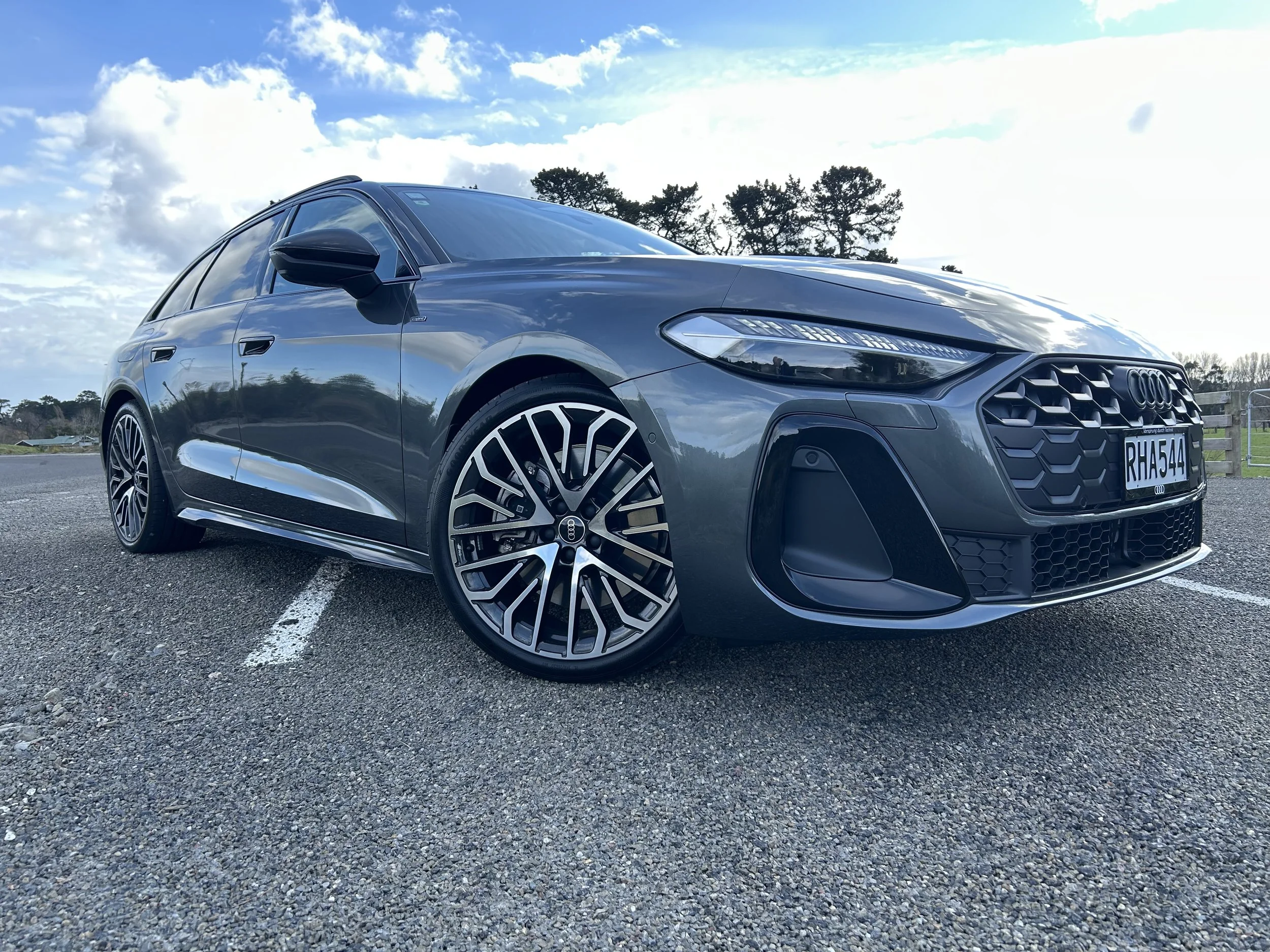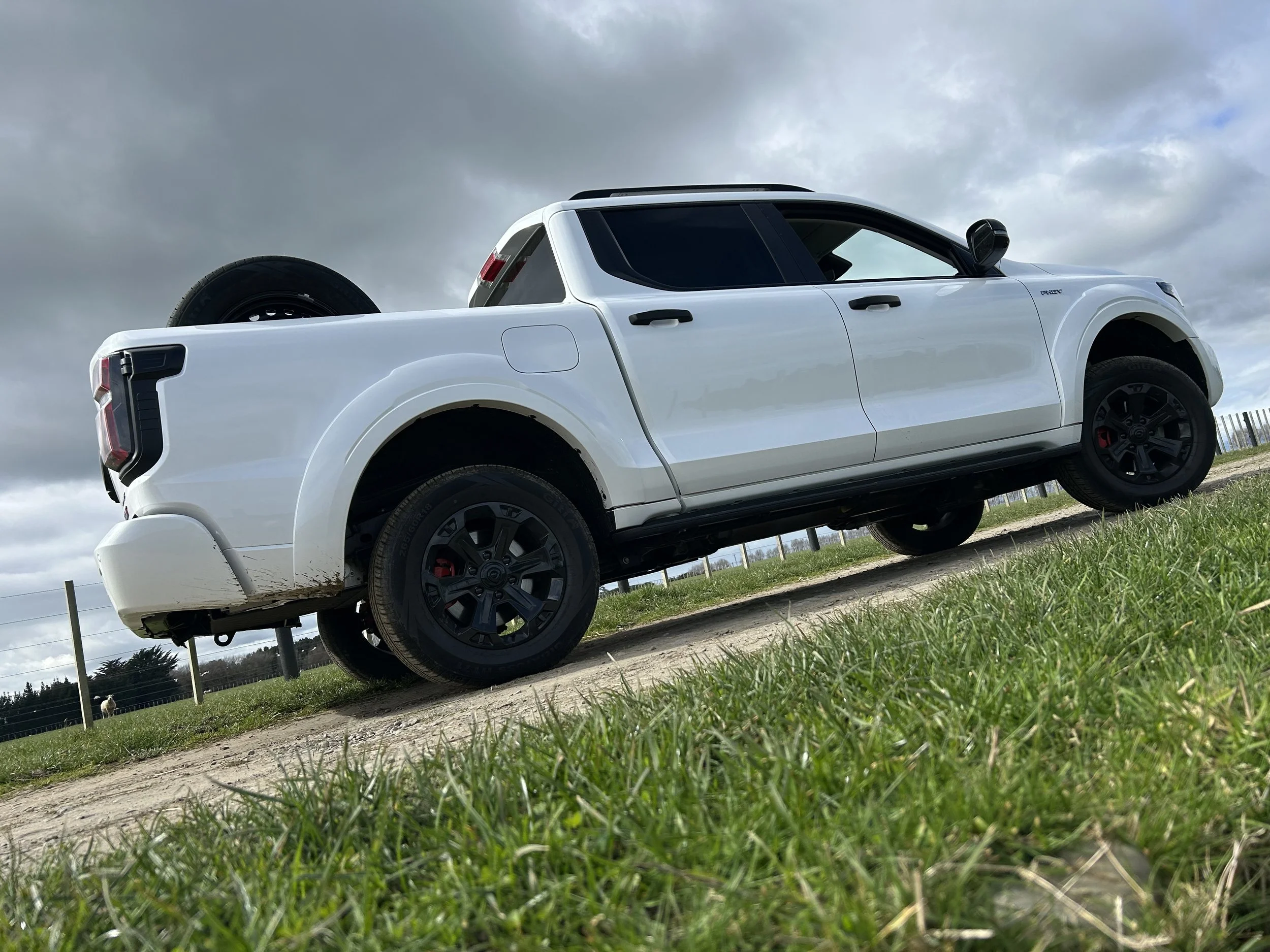Subaru Forester X Sport: Trophy catch
/The latest variant’s styling hook is that it has orange accents everywhere.
Price: $47,490
Powertrain and economy: 2.5-litre horizontally opposed petrol engine, 136kW/239Nm. Seven-speed Lineartronic automatic transmission with manual mode. Combined fuel consumption 7.4 L/100km, 168gm/km CO2.
Vital statistics: 4625mm long, 1730mm high, 1815mm wide, wheelbase 2670mm. Wheels 18-inch black alloys. Luggage space 498 litres, 1768 litres with rear seats down.
We like: Flexible boxer engine performance, capable ride and handling, high level of safety specification, orange highlights a point of differentiation.
We don’t like: Orange highlights a point of differentiation.
ANYONE who enjoys fishing will know of, and quite possibly have, an ‘x spot’ – what better way to spend time at one than by driving there in an X Sport, the latest version of Subaru’s Forester?
It’s easily picked out, being the one with 18-inch black alloy wheels, water-repellent seat fabric … and orange accents inside and out. The latter because it’s the colour is most associated with amusement, the unconventional, warmth, energy and activity.
Subaru reckons it helps give the X Sport some X factor … the ingredient requisite for adventures (and this is the marketing blurb from hereon) “over rolling mountains, down weaving roads and along endless coastlines, all the way to X.”
I decided to use the Forester X Sport when heading to a personal favourite ‘spot X’ at Lake Taupo, a location hard up against towering cliffs that vividly illustrate what happened during what was possibly the world’s most violent volcanic eruption.
There’s such a thing as a Volcanic Explosivity Index, which measures eruptions from gentle to mega-colossal on a scale running from 0 to 8. The biggest such eruption was in the central North Island and occurred 27,000 years ago.
The Oruanui Eruption was magnitude 8 mega-colossal; an estimated 1200 cubic kilometres of material was blasted into the sky. When it all came down again it covered mainland New Zealand in ash and debris up to 200 metres deep, even Chatham Island took a hit.
What is left today is a massive calderathat is now partly filled by Lake Taupo, the second-largest freshwater lake in Oceania with a surface area of 616 square kilometres and a shoreline extending 193km.
All the surrounding countryside feels as if it is still settling down even after all those thousands of years. There’s geothermal activity all around, pumice is everywhere along the shoreline, and the vertical cliffs at my ‘spot X’ in the lake’s western bays all bear the scars of that extremely violent volcanic eruption.
It’s almost as if the rock has been melted by the upwards force of the gigantic explosion, and you know that the rock extends vertically more than 100 metres under the water as well.
And yet there’s a tremendous serenity along the western bays of Lake Taupo, particularly when the weather is still and the lake surface dead-calm. It’s then when you can slowly cruise up and down alongside the cliffs, trolling for trout.
One of the great things about the central North Island’s volcanic plateau is that it features numerous unsealed roads that are fun to drive in high-riding SUVs such as the Forester.
For example, roads that wend through the 78,000ha Pureora Forest Park which was established in 1978 and is recognised as one of the finest rainforests in the world.
This forest was opened up for logging by the Government in 1946, but some years later conservationists became increasingly concerned that this industry was endangering native flora and fauna. So in the late 1970s protesters occupied platforms built in treetops in Pureora, all of which was highly publicised and helped force an end to native logging.
These days the forest park is a recreational wonder. Hiking, camping and hunting are all popular pursuits, and it is also the scene of the Timber Trail, which offers 82km of mountain biking. We drove through the park on our way to Lake Taupo, the Forester’s all-wheel drive and 220mm ground clearance ideal for negotiating the fairly rough unsealed route.
Then it was into a boat for the short trip to the lake’s western bays, and fishing.
The history of trout fishing at Lake Taupo is an interesting story in itself. Brown trout were first released there in 1887 and rainbows in 1898. To say they flourished is a massive understatement. They go so large that in 1904 a 23kg specimen was speared at Kuratau and in 1907 one man landed, in just one day, 354 fish weighing an average of 3.9kg.
These days there are still plenty of trout to be caught, although the latest regulations place a daily limit of six fish no smaller than 35mm in size. In reality very few people actually take a limit bag, preferring instead to catch and release as they simply enjoy the angling experience on this beautiful lake and the rivers that flow into it.
If you are in a boat, the most common way of fishing is to troll for them at very low speed, using a brightly coloured lure. Trout react to bright flashy things, particularly lures with orange, red or gold on them.
Maybe humans do too, huh? Maybe that explains why Subaru would introduce a special edition Forester with orange trim throughout.
Yes, I know Subaru has done this sort of thing before by putting green accents on the larger Outback X, but with the Forester X Sport it is orange overload. There are orange accents everywhere – front, side, rear under guard and roof rails on the outside, climate control vents, centre console and even seat stitching on the inside.
The Subaru NZ people say the orange accents are there to accentuate your drive. Each to their own, I suppose. Personally, what accentuates my Forester drive are the way its flexible 2.5-litre boxer engine combines forces with the brand’s symmetrical AWD to provide outstanding performance.
This model also has X-Mode, which optimises the engine, transmission, AWD and vehicle dynamic control to help reduce wheel slip on slippery surfaces and when the driving environment gets really tough.
Another fascinating feature aboard the X Sport is a Driver Monitoring System which uses facial recognition technology to firstly adjust everything from seat position to air conditioning levels and door mirror angles, and then it keeps an eye on driving habits to make sure the driver’s gaze isn’t wandering or that he or she is getting sleepy.
In addition, there’s the EyeSight crash avoidance system which scans the road ahead in its electronmic to keep those aboard safe.
The Driver Monitoring System, 18-inch black alloys, water repellent seat fabric and all those orange hues help add $5000 to the X Sport’s price when compared to the entry Forester. But it’s still priced $2500 less than the Premium model – and exactly the same as the entry e-Boxer hybrid – so it fits nicely in with the entire Forester range.
Meanwhile, the personal jury remains out as to whether all those orange accents are necessary. Obviously they are not needed, but they do provide a colourful point of difference between the X Sport and the other Foresters.
And I do love my fishing. So maybe I should act like a rainbow trout and be attracted by that flashy sort of stuff. Or not get caught.





















